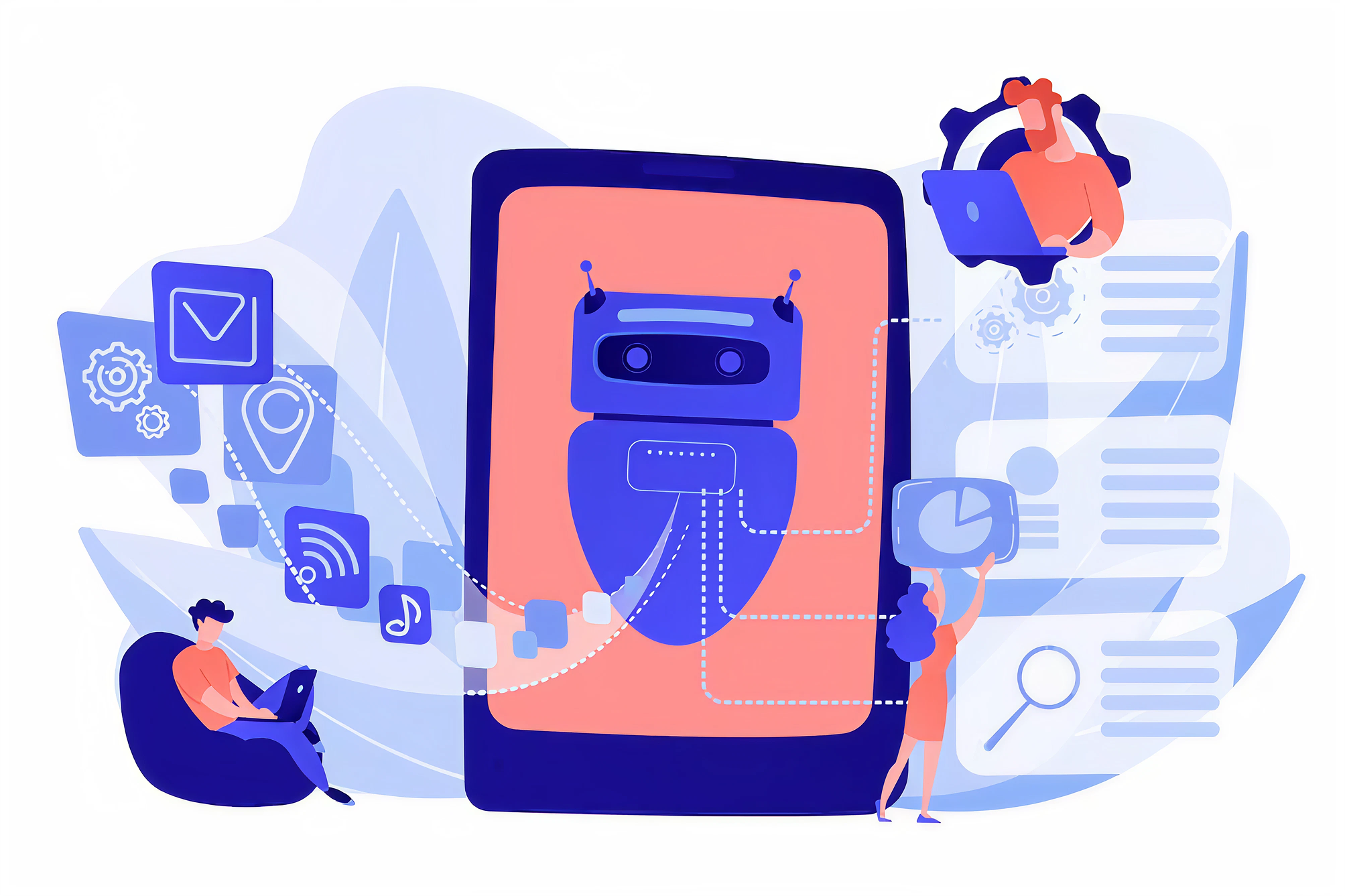AI-Driven UX: Personalization Without Losing Control

Introduction
In today’s hyper-connected digital landscape, users expect more than just functionality—they crave relevance. That’s where AI-driven UX comes in. By leveraging artificial intelligence to personalize experiences in real time, companies can create interfaces that feel tailor-made for each individual user.
But with personalization comes responsibility. When does helpful become creepy? When does convenience compromise autonomy?
In this blog, we’ll explore how AI is reshaping UX, the fine line between personalization and user control, and how to design ethical, transparent, and delightful experiences powered by artificial intelligence.
What Is AI-Driven UX?
AI-driven UX refers to user experiences that adapt dynamically based on:
- User behaviour
- Preferences
- Context (device, time, location)
- Predictive analytics
This is made possible by machine learning, natural language processing, and data mining. The result? A digital product that anticipates needs, streamlines interactions, and personalizes everything from content to interface layout.
Examples of AI-Driven UX
1. Spotify & Music Recommendations
Analyzes listening habits to suggest personalized playlists.
2. E-commerce Sites
Show tailored product suggestions, dynamic pricing, or custom offers.
3. News & Content Apps
Feed users stories based on browsing history, likes, and engagement.
4. Mobile Keyboards
Predictive text and autocorrect are based on usage patterns.
5. Healthcare Portals
Prioritize patient reminders or data based on health history.
The Benefits of AI-Driven UX
1. Hyper-Personalization
AI allows for an experience that feels intuitive and custom-fit to the user’s goals and habits.
2. Efficiency
Fewer clicks, less typing, and faster task completion through predictive UX.
3. Proactivity
Smart systems can preempt needs (e.g., a travel app suggesting check-in times or weather alerts).
4. Accessibility
Voice assistants, smart suggestions, and adaptive interfaces help users with disabilities.
The Risks: Personalization vs. Privacy
As AI systems gather more data, the line between convenience and surveillance blurs. Risks include:
1. Data Overreach
Tracking too much behavior can violate user expectations and comfort.
2. Filter Bubbles
Personalization can narrow users’ exposure to new content or diverse viewpoints.
3. Lack of Transparency
Users may not understand how decisions (like recommendations) are being made.
4. Loss of Autonomy
When systems become too predictive, users may feel they’ve lost control over their journey.
Design Principles for Responsible AI-Driven UX
1. Be Transparent
Clearly inform users when AI is used and how data influences outcomes.
- Use explainable recommendations: “Because you watched X…”
- Provide settings that show what data is being collected
2. Give Users Control
Let users:
- Turn off personalization
- Edit or reset their preferences
- Choose manual over automated paths
Control fosters trust and reduces cognitive dissonance.
3. Prioritize Privacy by Design
Follow data minimization principles:
- Collect only what’s needed
- Use anonymized or encrypted data
- Offer opt-in rather than opt-out
4. Avoid Over-Personalization
Too much tailoring can feel claustrophobic. Introduce serendipity:
- “Discover” sections
- Randomized or community-based suggestions
- Cross-interest recommendations
5. Respect Cognitive Load
AI suggestions should lighten—not increase—the mental burden. Avoid constant prompts, re-rankings, or interface shifts that confuse users.
6. Design for Fairness & Inclusion
AI systems can unintentionally amplify bias:
- Test models on diverse user groups
- Review outputs for ethical risks
- Include fairness criteria in success metrics
Case Study: AI in a Fitness App
A fitness tracking app used AI to:
- Suggest workout plans based on past performance
- Adjust difficulty levels dynamically
- Recommend nutrition tips based on sleep, activity, and diet logs
Successes:
- 3x increase in daily engagement
- 40% improvement in plan adherence
Issues:
- Users felt uneasy about the constant data tracking
- Some complained of repetitive or overly tailored recommendations
Fixes:
- Added toggle for personalization features
- Introduced an “Explore” tab for variety
- Shared a “Why this workout?” message before each session
Result: higher satisfaction, with more users feeling informed and in control.
Tools & Technologies
- Firebase Predictions: Machine learning-driven behavior prediction
- Amplitude: Behavioral analytics and personalization testing
- Recombee / Algolia: Recommendation engines
- Dialogflow / Rasa: Conversational UX tools
- Figma Plugins: Simulate adaptive UI states for testing
Future of AI in UX
- Emotion Recognition: Interfaces that respond to user emotions
- Context-aware UI: Adapts not just to the user, but the environment (weather, time, location)
- Real-time UI adaptation: Dynamic changes to interface layout and functionality
- AI Co-designers: Tools that help UX designers make smart, data-backed decisions
But as we step into these new possibilities, the north star must remain user trust and empowerment.
Conclusion
AI-driven UX holds the promise of deeply personalized, effortless, and meaningful digital experiences. But personalization without user control is manipulation. The most successful AI experiences are those that enhance user agency, not erode it.
When you empower users with choice, transparency, and ethical design, AI becomes a partner in the journey, not an invisible puppet master.